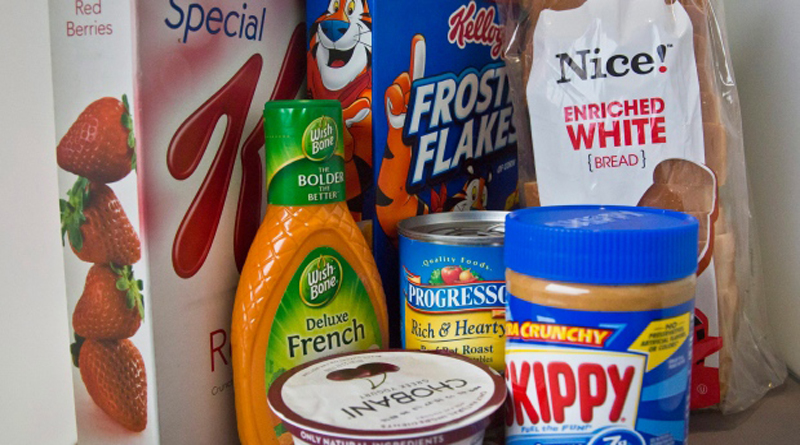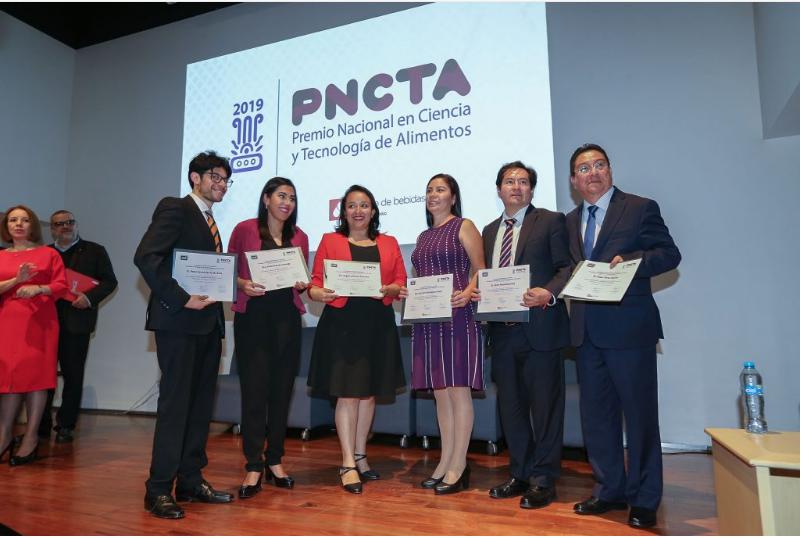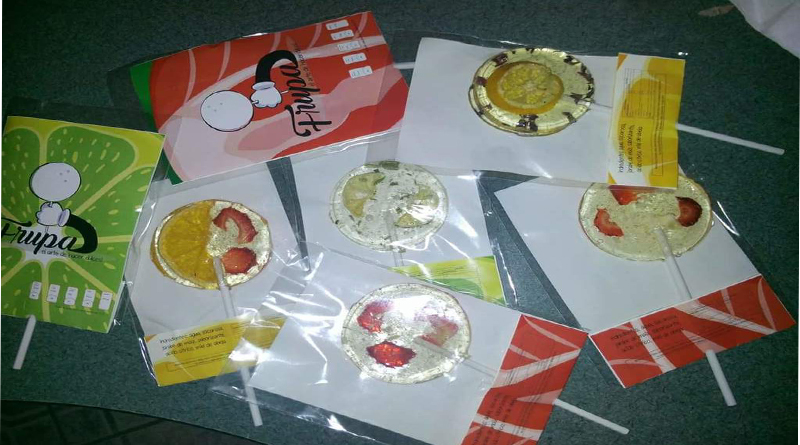With roughly 20,000 new products introduced each year, decoding nutrition facts and label claims could keep you in the grocery aisle all day.
That’s where package emblems come in — nongovernment stamps that tell us at a glance that products meet sets of standards.
These logos, such as the American Heart Association’s Heart-Check mark on packaged foods and the Certified Humane seal on eggs, meat and dairy, are designed to help consumers make quicker choices and to encourage food producers to meet desired criteria.
Three new food emblems could not only help you make better choices but also improve food products.
Good Housekeeping “Nutritionist Approved”
Products with the logo are approved by Jaclyn London, nutrition director of the Good Housekeeping Institute and the registered dietitian who developed the program. She evaluates products to ensure they align with the 2015-2020 Dietary Guidelines for Americans. The products must meet core values of simplicity (making it easier for consumers to keep a healthy habit, and/or has fewer additives than comparable products), transparency (accurate product claims do not mislead consumers) and innovation (uses current technologies to make healthy habits easier and/or improves sustainability).
A product doesn’t have to be 100 percent healthy to get the stamp — it just has to be a smart choice in a given category. So while you might see the emblem on a packaged salad or frozen meal, you might also find it on a better-for-you dessert or dark-chocolate candy, for example.
The “Nutritionist Approved” program works with companies to help them develop and market better products. As with any third-party emblem, companies pay a licensing fee for the seal, and in this case that includes consulting services.
The “Nutritionist Approved” emblem launched in October with nine brands, and is expanding. The long-term vision is to extend it to arenas such as restaurants, movie theaters and airports.
50%+ Whole Grain
The Dietary Guidelines recommend eating at least half of your grains whole. Caroline Sluyter, the Whole Grain Stamp program manager at Oldways, a nonprofit nutrition education organization, found her team was fielding questions from consumers asking how to tell if they were actually hitting that mark. Many products have a mix of whole and refined grains, with packaging that does not reveal proportions.
To address this need, Oldways launched the “50%+ Whole Grain” stamp to complement two stamps in place since 2005: “100% Whole Grain” and the “Whole Grain” stamp for foods made with 20 grams or more per serving.
Sluyter said thousands of products have been approved for the “50%+” stamp and some hit the shelves this spring.
Certified Transitional
The demand for organic foods is growing, but less than 1 percent of U.S. farmland is certified organic. One reason is that while farmers can ultimately charge a premium for organic food, many cannot weather the expensive three-year transition to certification.
Kashi brand team members came up with the “Certified Transitional” seal. The program aims “to support farmers in that transition period and help consumers directly impact the increase in organic agriculture in the U.S.,” says Nicole Nestojko, senior director of supply chain and sustainability at Kashi.
While Kashi is the only brand with the seal, it is available to any company and is managed by Quality Assurance International, an independent third-party agency. Certified transitional products provide financial support for farmers going organic by paying a premium price for their crops during the transition period.
“We really want it to be more than a label — we want it to be a movement that helps change the food system,” Nestojko says.
Ellie Krieger is a registered dietitian and author who hosts public television’s “Ellie’s Real Good Food.” She blogs at elliekrieger.com.
Source: The Oakland Press










